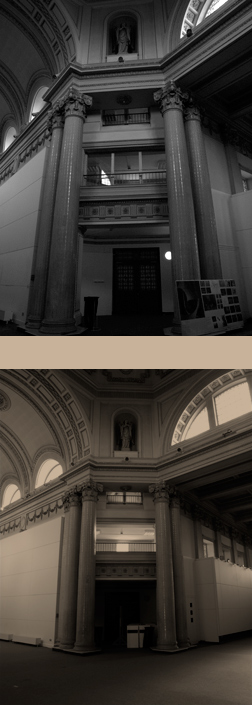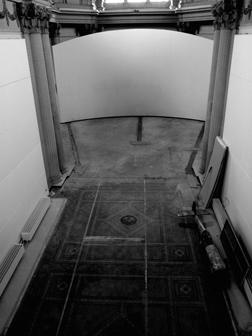A Culhane - Abstracts
A's career in Croom Hospital and subsequent career as a librarian in LSAD brought her in contact with a number of women who were incarcerated in the Good Shepherd Asylum and the families of women who have come back to visit the former site of the Good Shepherds. Here she recalls the stories that have been shared with her:
There was a woman called Babe. She had no name, I knew her. I used to work in Croom hospital and she came out as a patient and she was never visited. She had no surname. She was I'd say in her late seventies or early eighties when she came out to Croom and she was just known as Babe and when she got better the nuns didn't want her. They never came to collect her. So she was sent to Camillus's. It's the old age home, for want of a better word, out the Ennis Rd. She worked in the laundry all her life. She was born here and lived all her life here… She was in the orphanage and from there she worked in the laundry all her life until she was sent out and became a patient in Croom. She'd never been outside this building until she was sent to Croom.
But when a visitor would come they would have to come between the hours of three and five on a Sunday afternoon. When they knew the visitor was coming she would be ready to receive her visitor. That was fine. They would make all the other unmarried mothers stand at the balcony and hold up their baby so that the visitor could see their shame, their sin - the physical embodiment of their sin. And that's where the expression came from, because they were the ones without visitors, they were the ones left holding the baby.
His mother (Bridget) was sent here, as she was pregnant with him. He has vague memories of parts of the building. His overpowering memory was of the 'greyness' of the building – both inside and out. Grey walls, grey floors...His mother was trained into making lace. He remained here for a number of years – eleven I think then his grandfather came for him. He was brought home to work on the farm. He was told daily that he was a bastard and was not and never would be entitled to inherit any part of the farm and he should thank them for providing him with food and shelter. His mother was left inside in the convent. As he grew older, he began asking questions about his mother and secretly started to save money when and where he could. When he was in his early twenties he came in to the Convent. He remembered the shards of glass protruding from the tops of the walls to prevent the girls escaping. I'm not sure if he 'broke' in or came in on some other pretext but one way or the other, he got his mother out. To use his expression – he 'sprung her'.
… Bridget died last year. One of her last wishes was that her son should bring his children back to the convent where she had been incarcerated. She wanted them to see what it was like. She wanted them to remember for her. She felt it was important that the past is not forgotten so that it may never happen again.


